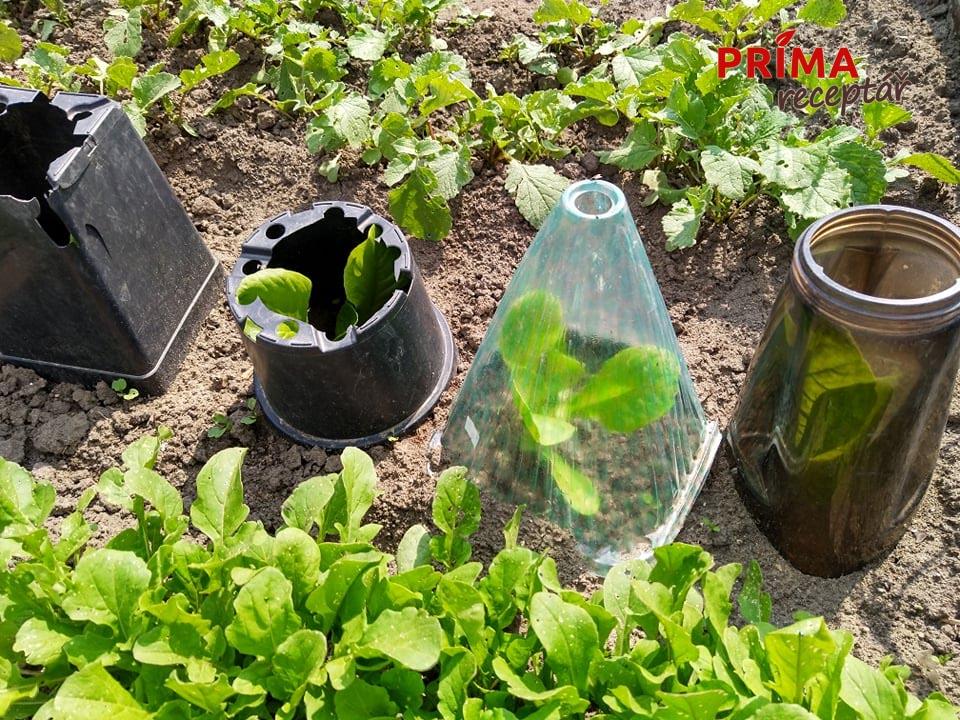
print font size Growing seedlings: The time has come to harden the seedling
Why is the hardening off of seedlings important?
Hardening off is the gradual getting used to the plants that we have pre-grown in the premises of the house, greenhouse, greenhouse or greenhouse. For seedlings of annuals and vegetables, the transition from a sheltered environment poses the risk of sunburn and an increase or decrease in the ambient temperature.
That is why we gradually harden the seedlings by lowering the temperature to the level of the external environment. We must also not forget that, in addition to the air temperature, the temperature of the soil, i.e. the substrate, and the temperature of the irrigation water are also decisive. They should not be lower than the air temperature. Thanks to hardening, fragile plants avoid climate shock, and thus their growth does not stop.

During the period of pre-growing and hardening, it is also necessary to prevent excess temperature by sufficient ventilation and to regulate the temperature taking into account the intensity of sunlight. And when it comes to light, the most essential measure to prevent the seedling from being pulled out is keeping the glass on the greenhouse or the foil on the foil tree clean. The best time to ventilate is around noon. Suitable shading will reduce the internal temperature of the greenhouse or foil.
Watch out for late frosts!
Plants from warmer regions, such as cucumbers, tomatoes, peppers and annuals, are especially sensitive to low temperatures above freezing. For example, cucumber seedlings are damaged when exposed to a temperature of 10 °C for a week, and at a temperature of 3 °C, a few hours are enough for the seedling to "leave" irretrievably. More resistant to the cold is the pre-grown stock of horseradish and celery, but we have to be careful here too. On the contrary, they are evidenced by the alternation of day and night temperatures, but only in the range of around 4 to 7 °C. If the temperature drops below zero, the seed pods will survive, but there is a risk of undesired early flowering.
Pre-grow tomatoes, peppers and cucumbers. You will save money and have strong seedlings
When to start hardening off the seedling?
We will start hardening the seedlings that we have grown indoors so far approximately ten to fourteen days before the expected date of planting. We gradually lower the temperature by ventilating during the day, limit irrigation, but water the seedlings well the day before planting. Thus, the planting adapts more quickly to the deteriorated external soil and climatic conditions.
In the first days, we only put the seedlings outside for a few hours. We place them in the shade where they are protected from wind and rain. We gradually extend their stay outside and leave them outside overnight a few days before planting. If there is a risk of late frosts, cover the seedlings with foil or non-woven fabric.
You were interested: Tips for pre-growing vegetables
What should a healthy seedling look like?
Strong and healthy vegetable seedlings should have a sufficient root system, they must not be elongated or yellowed. Pre-grown tomato and pepper seedlings should have a firm stem, eight to ten true leaves and the first flower buds set. Cucumber seedlings should have developed 2 to 3 true leaves, for lettuce, kohlrabi, koškálovés and celery three to four. For annuals, the same rules apply to the appearance of pre-grown seedlings - as many roots as possible and at least four true leaves.







